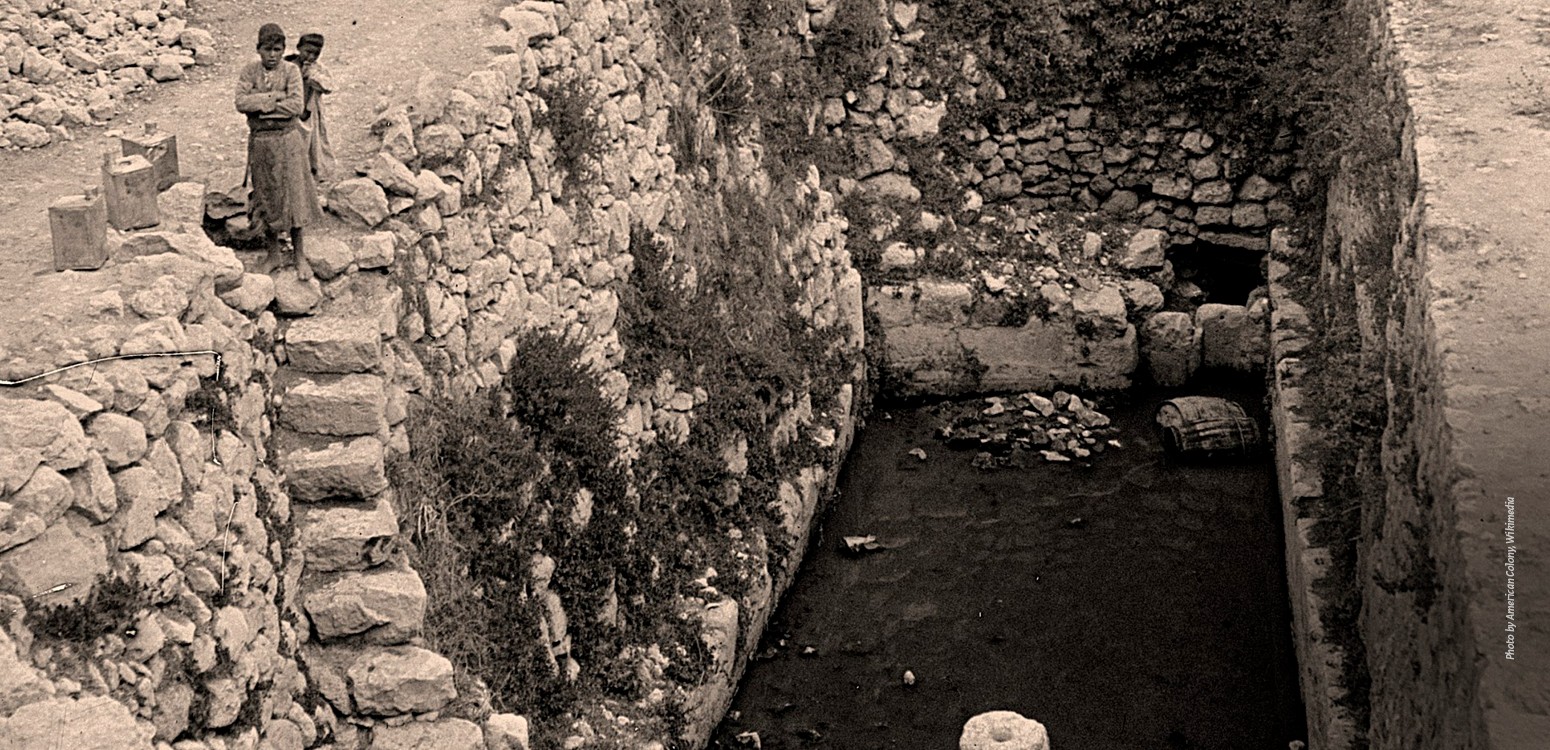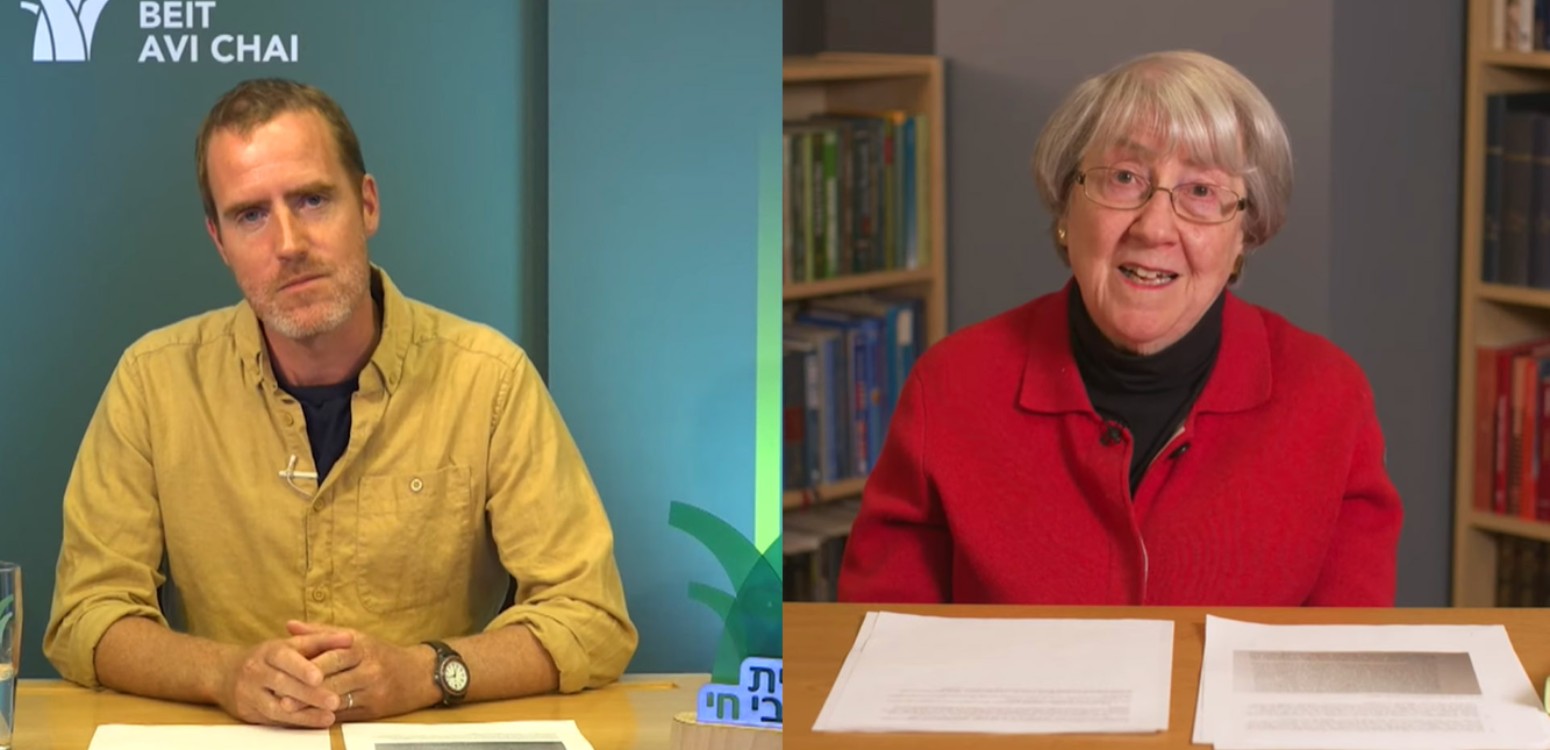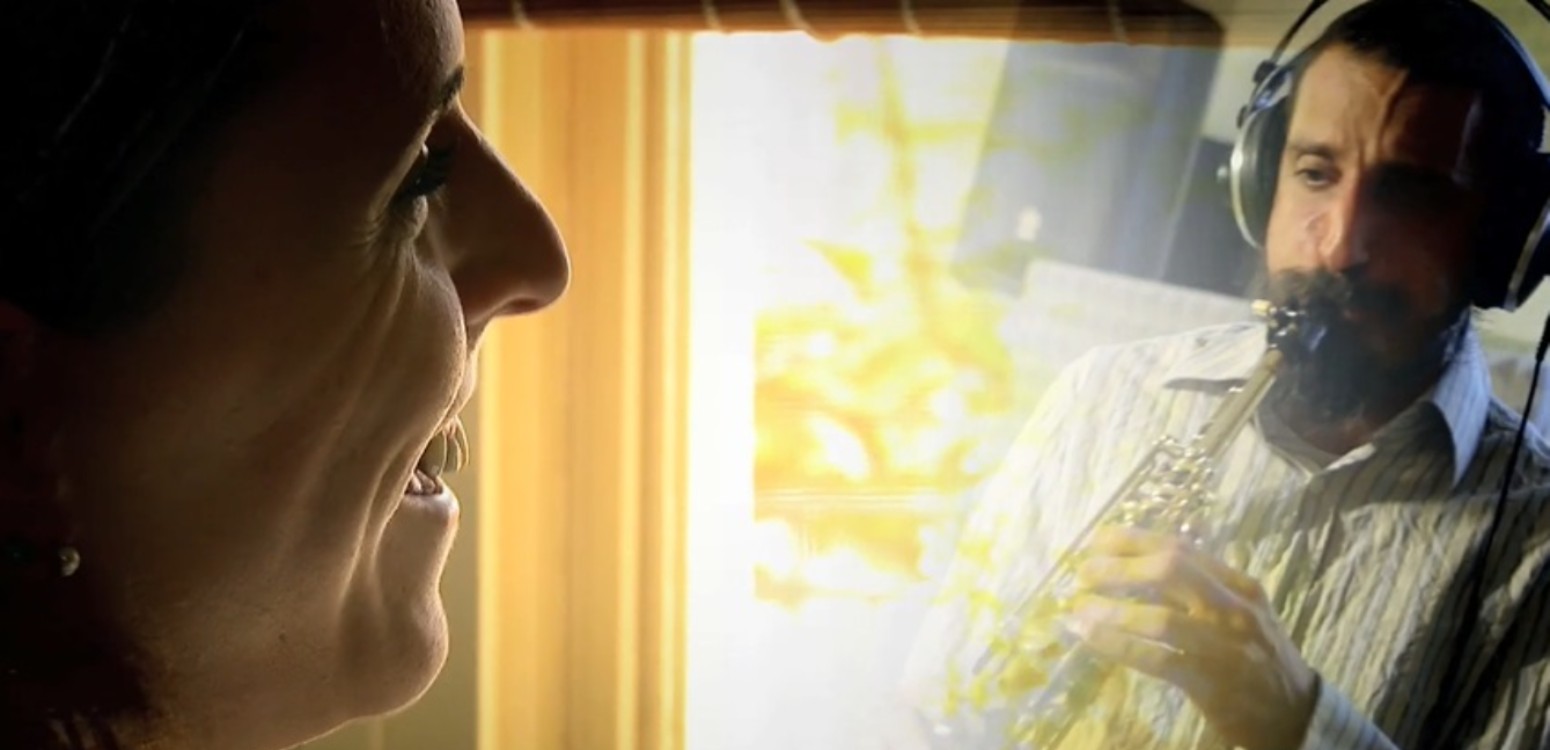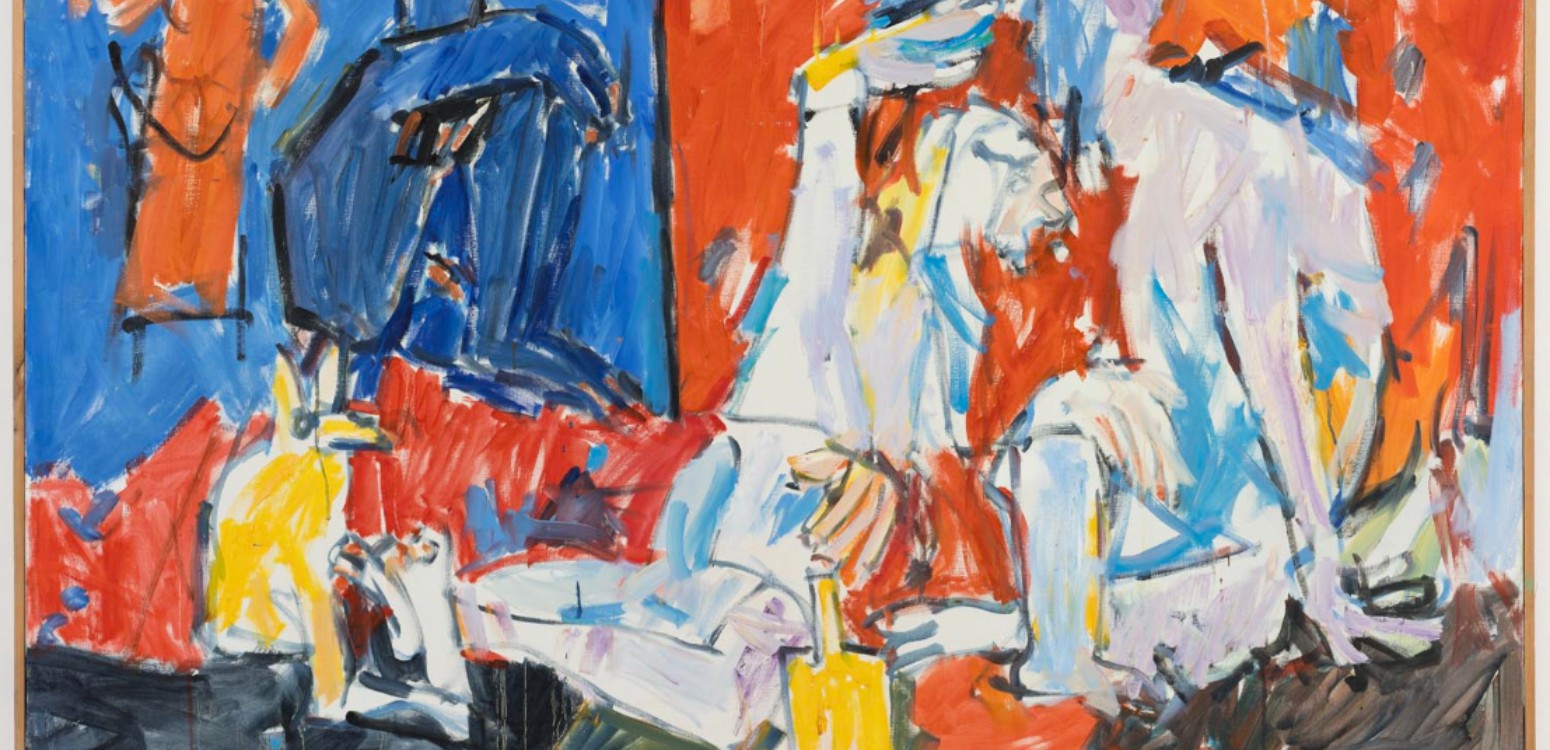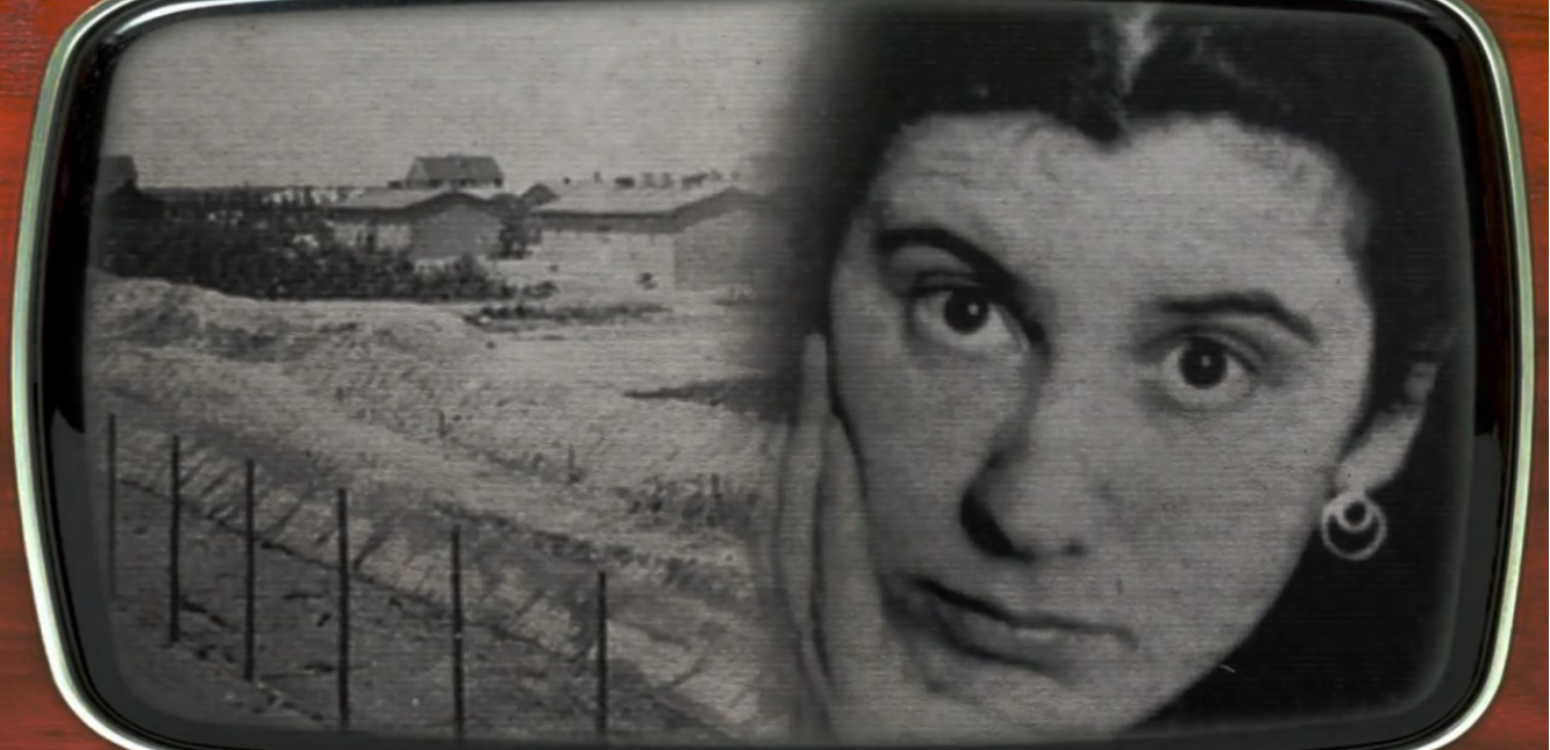More than a translation project, the Buber-Rosenzweig Bible was a theological and literary revolution. Through thousands of pages of archival correspondence, we discover how two master thinkers transformed their shared commitment to dialogue into one of Jewish-German culture’s greatest achievements
When Martin Buber and Franz Rosenzweig embarked on their ambitious project to translate the Hebrew Bible into German in 1925, they were attempting something unprecedented: to bridge two worlds that seemed increasingly distant from each other. Buber (1878-1965) and Rosenzweig (1886-1929), towering intellectual figures in the vibrant Jewish-German cultural milieu of the Weimar Germany, shared a conviction that existing German translations had failed to capture the essence of biblical Hebrew – its concrete spirituality, its rhythmic power, its authentic voice.
Their collaboration would produce one of the most important and revolutionary achievements in Jewish-German culture. But this was no ordinary translation project. Buber and Rosenzweig believed that meaning resided not just in words but in sound, rhythm, and the very texture of language itself. They sought to recreate the Hebrew Bible’s original cadence and intensity, enabling German readers to encounter the text as it was meant to be experienced – not as abstract theology, but as a living, breathing dialogue between humanity and the divine.
Prof. Benjamin Pollock, associate professor at the Department of Jewish Thought and director of the Rosenzweig Minerva Research Center at the Hebrew University of Jerusalem, provides insight based on thousands of pages of archival material kept in the National Library of Israel, not only regarding the translation project itself, but the relationship that emerged between the translators. “The archival papers are a treasure for anyone interested not only in Buber’s and Rosenzweig’s respective biblical theologies, but also for anyone trying to understand what a translation in dialogue – carried out by two dialogical thinkers – might look like,” Prof. Pollock says.
The zeitgeist of German existentialism
Both Buber and Rosenzweig emerged from the rich intellectual soil of pre-Holocaust German Judaism, shaped by the zeitgeist of German existentialism –
a movement that included figures like Nietzsche and Heidegger. This philosophical current arose as opposition to Enlightenment rationalism, which these thinkers found inadequate for addressing life’s deepest questions.
By 1925, each had developed his own distinctive philosophical approach. Buber had published “I and Thou” (1923), exploring meaning through relationships, while Rosenzweig had completed “The Star of Redemption” (1921), which examined meaning through the dynamic between humanity, the world, and the divine. Despite their different philosophical frameworks, both shared a commitment to concrete, lived experience over abstract theorizing – a perspective that would prove crucial to their translation work.
“The two had first met in 1914, but had really become friends and interlocutors in the early 1920s, after Rosenzweig moved to Frankfurt to direct the Freies Jüdisches Lehrhaus (“Free Jewish House of Learning”). Prof. Pollock provides some background into what brought Buber and Rosenzweig together, taking into consideration the fact that Buber was nearly a decade Rosenzweig’s senior. While serving as director of this educational institute for Jewish adults, created to reinvigorate Jewish identity among assimilated German Jews through study of Jewish texts, Rosenzweig invited Buber to teach there.
Recreating biblical Hebrew for German readers
By 1925, when the translation project began, translations of the Hebrew Bible were available, including the famous 1778 German one by philosopher and theologian Moses Mendelssohn (1729-1786). That translation, however, was only partial and in High German, not the common language of Jews in the XVIII century.
The XX century was an entirely different kettle of fish. “Buber and Rosenzweig were well-versed in the various translations of the Bible out there, but they became convinced that the extant German Bible translations covered up rather than conveyed the meaning and message of the original biblical text. Often, they felt that existing translations missed what they saw as the quintessentially concrete character of biblical spirituality. Buber and Rosenzweig believed that the meaning of the Bible couldn’t be grasped by German readers unless their translation also imitated the rhythm and sound of the original text. Biblical accounts of godliness, in their understanding, were not accounts of some ephemeral spirituality transcending the world, but instead accounts of godliness in the concrete. They were convinced that biblical language reflected this unique theological position, and so thought that conveying the original concreteness of biblical language in translation was crucial to conveying to their German contemporaries – a generation they felt suffered from the divorce between spirit and life – the fundamental character of the Bible’s theological message,” says Prof. Pollock.
The principles of biblical poetics
It has to be noted that by the time Buber and Rosenzweig came together for the translation project, Rosenzweig was nearly completely paralyzed. He had been diagnosed with ALS in 1922, and by 1925 he was able to communicate solely through the movement of one finger (and later through the blink of his eye). Using a special typewriter, and working with his wife Edith and another transcriber, Rosenzweig continued to compose copious letters and essays until his death in December 1929.
One of the fascinating aspects of this project is Buber and Franz Rosenzweig’s chavrutah; the synthesis their common study and translation created in their own politics and philosophies.
“If you read the Arbeitspapiere (‘Working Papers’) – a vast collection of mostly handwritten drafts and notes – and follow their exchange from the beginning of the Book of Genesis through the Book of Isaiah (the last book they translated together before Rosenzweig’s death), you really see their relationship develop – both their working relationship and their personal relationship. You also see, in ‘real time,’ as it were, the process through which they clarify for themselves the principles of biblical poetics and how they come to find in the biblical text itself the roots of their own respective theologies of dialogue. We’re talking about thousands and thousands of handwritten pages which include translation drafts and corrections, discussions of matters of German and Hebrew language, theological disputes, arguments over the meaning of biblical words and passages, references to traditional Jewish commentators, contemporary academic Bible scholars, and countless other Bible translations from the Septuagint forward – and a fair bit of cursing.
“There’s no question that Buber’s invitation to help him translate the Bible gave Rosenzweig a monumental project to focus on; but Buber’s was no act of charity,” clarifies Prof. Pollock. “Buber respected Rosenzweig’s brilliance and evidently saw him as the perfect interlocutor, someone who could complement Buber’s own gifts, could help him refine the principles of Bible translation he was committed to, and someone who – despite his illness – would be driven like Buber himself to work around the clock on getting the translation just right.”
Also at Beit Avi Chai




